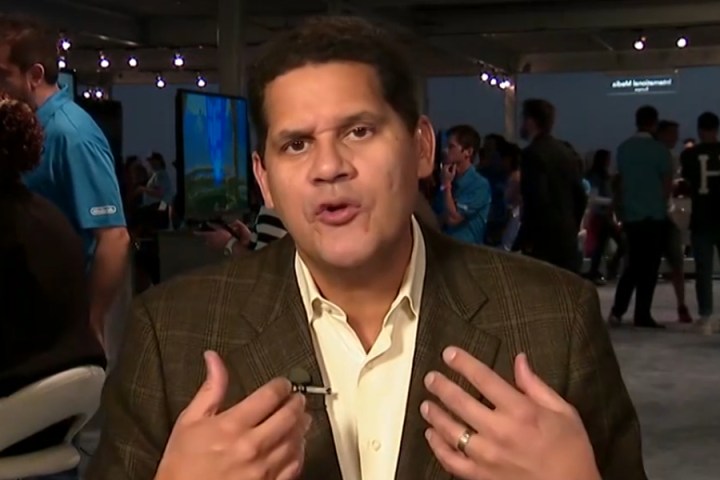
Fils-Aime answered the question with Nintendo’s general opinion on new technology: it needs to be mainstream and represent a “strong value” to the consumer. As an example, he pointed out the buzz surrounding gyroscopic technology, saying what made this tech mainstream was the original Nintendo Wii console and its Wii remote. He also said the Nintendo DS was the first electronic device to make extensive use of a touch-enabled display.
“So, the way we look at VR or even AR, which we do have within our Nintendo 3DS system, for us the technology has to be at a point where is can be mainstream, and then it takes content-creating companies like us to really make things that the consumer wants to experience, that they want to jump into a particular technology. That’s how we move it forward.”
However, he goes on to admit that Nintendo has kept its eye on the virtual reality space since the ill-fated Virtual Boy launched back in 1995.
“With us, we want to make sure that our next content will be mainstream, mass market approachable, and when something like VR is at that point, you can expect Nintendo to be there,” he added.
His opinion on the current state of VR seemingly aligns with Take 2 Interactive’s Strauss Zelnick, who believes current VR solutions are too costly and take up way too much space in the general consumer’s living room. He told investors that there’s really no market for a $2,000 entertainment device that requires an entire room dedicated to one application.
“I don’t know what people could be thinking,” he told the audience. “Maybe some of the people in this room have a room to dedicate to an entertainment activity, but back here in the real world? That’s not what we have in America.”
According to Zelnick, Americans not only don’t have an extra room to spare, but they don’t have the funds to purchase such an expensive device. Instead, Americans have $300 to spend and a room consisting of a screen, a couch, and game controllers — that’s it. There’s just not enough space to house all that furniture and provide an area for active VR players to don a visually-engulfing headset and move controllers around without bumping into the coffee table.
“I’m not unexcitied,” he said. “I’m just saying it remains to be seen. There are impediments.”
Zelnick went on to say that VR is essentially a core technology for the core gamer audience, as VR wouldn’t appeal to his kids. Instead, they would rather play video games with their friends who are sitting to the left and right on the living room couch.


